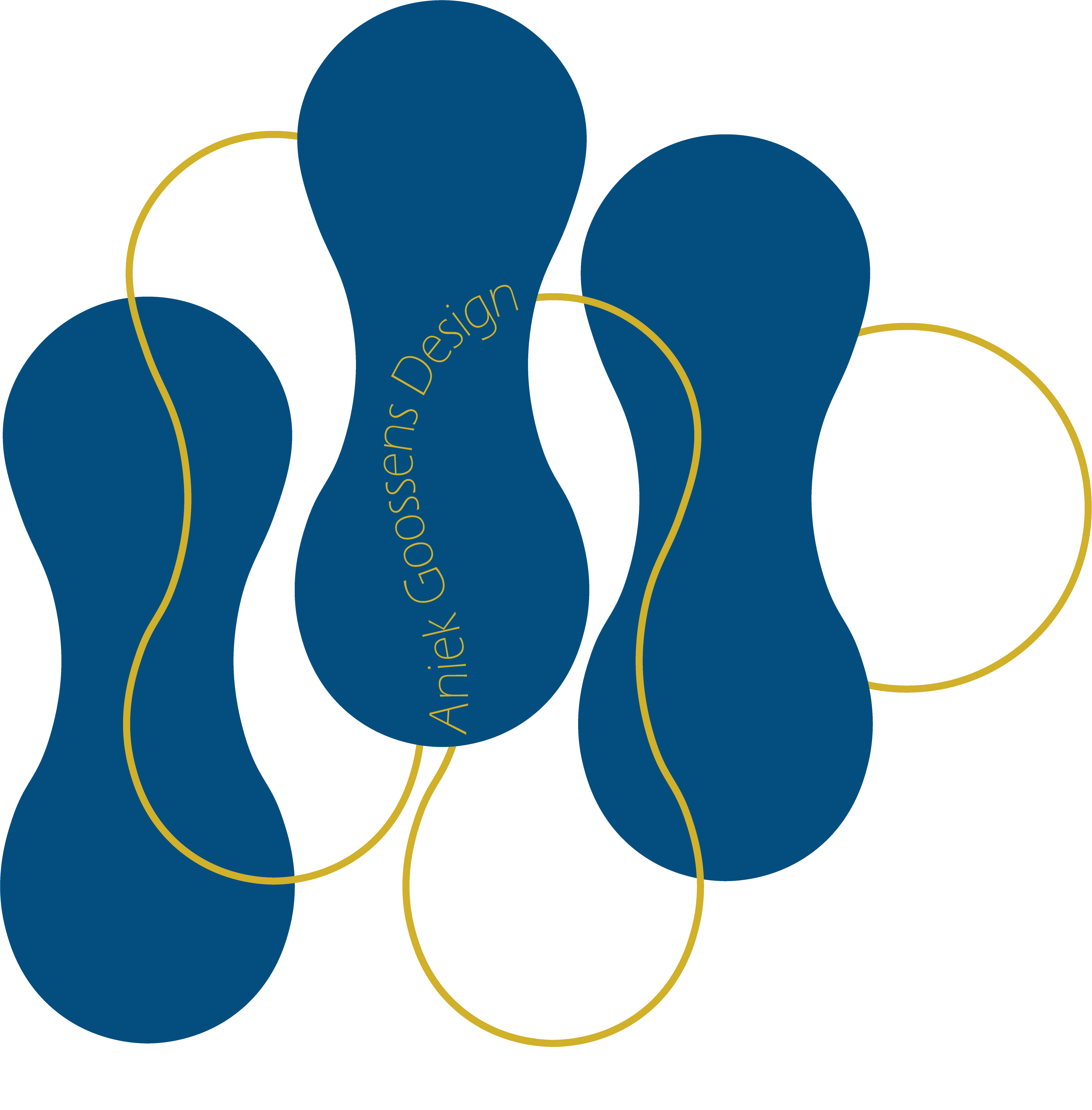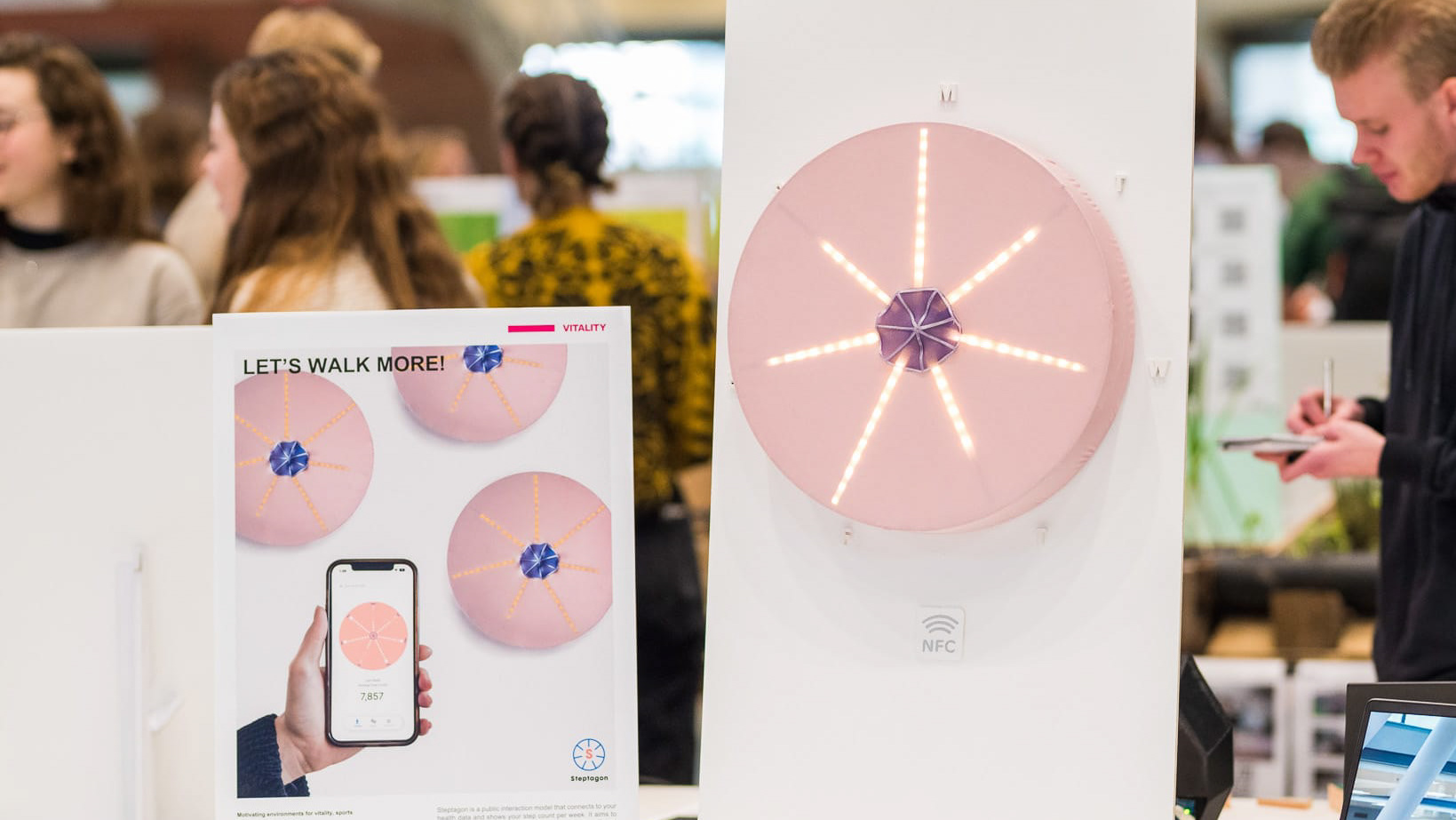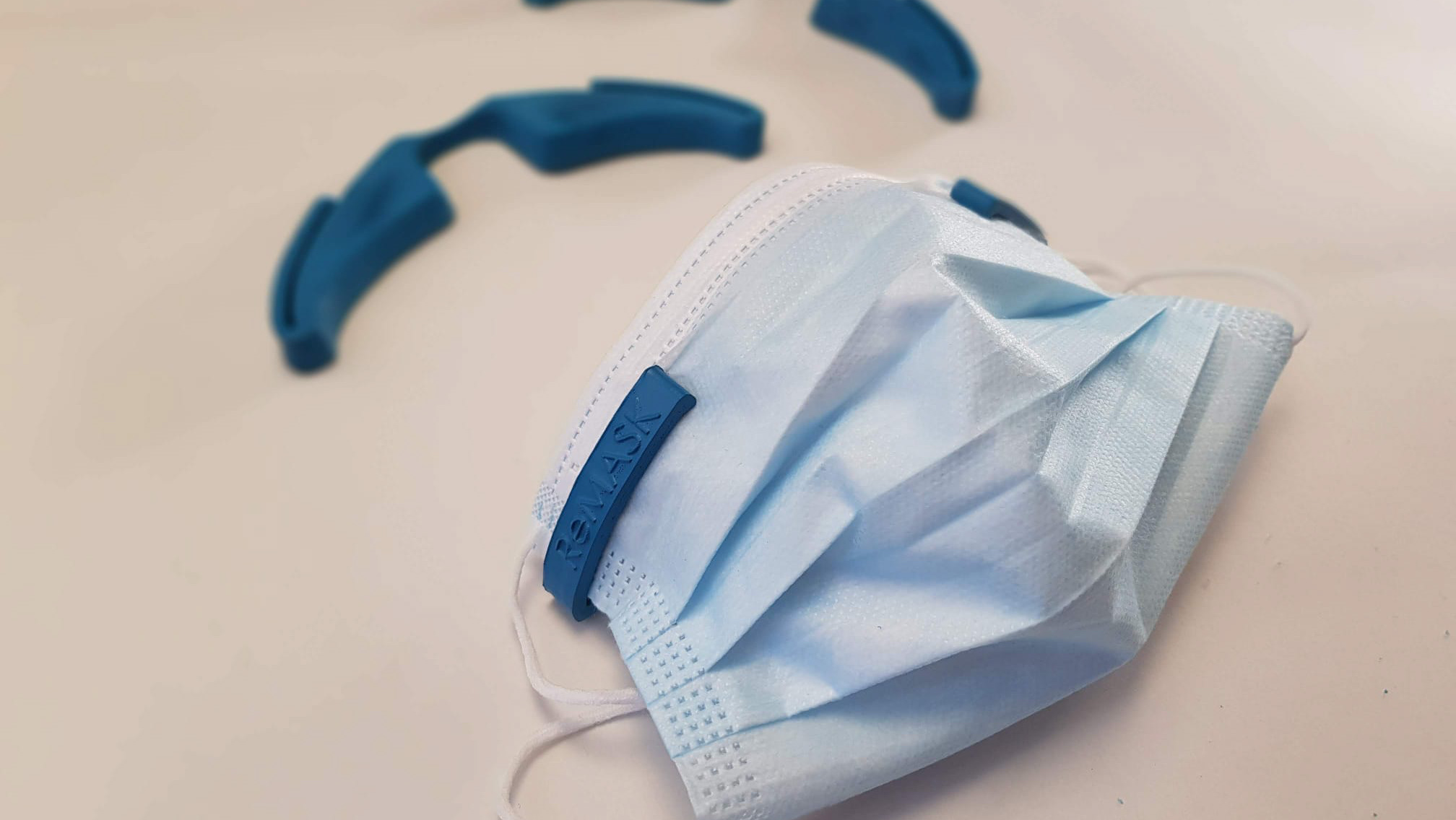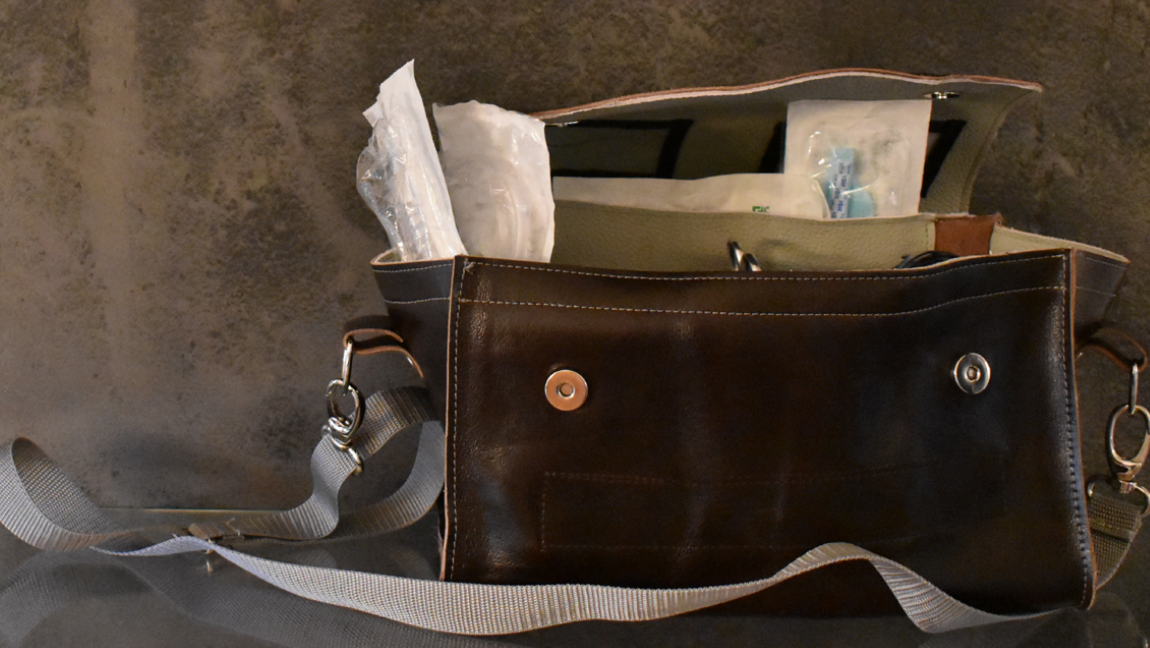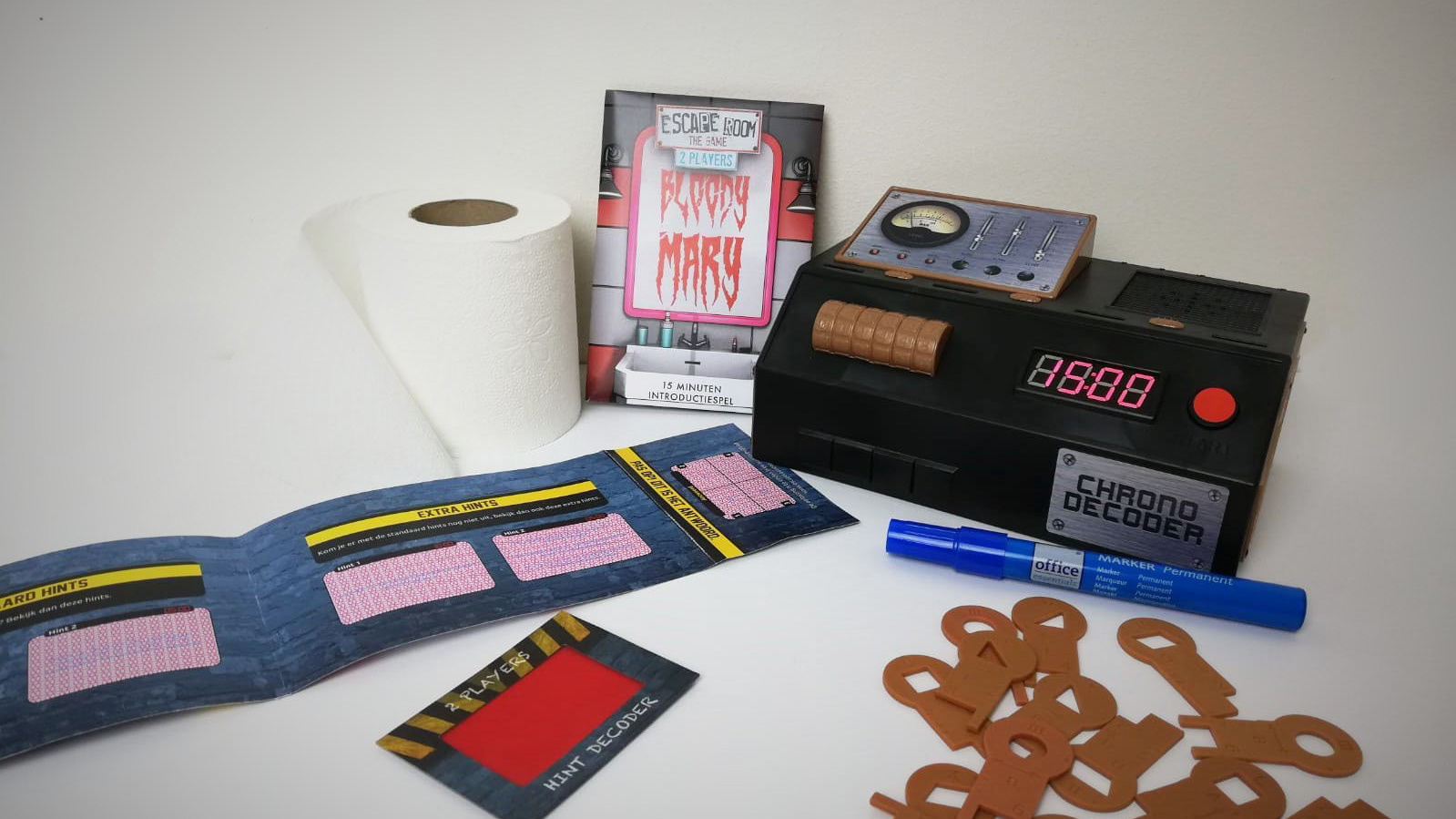3D printed flat-pack design, with an engaging lighting experience, received in your mailbox.
Objectives:
- FDM 3D printing
- Sustainability
- Sample-Making
- User Experience
Design Challenge
Signify faces several challenges, one of them lies in its packaging approach. Currently, a considerable portion of Signify's transportation involves moving predominantly air due to the inefficiencies in product packaging. This inefficiency not only hampers transport sustainability but also has wider-reaching implications. Consequently, Signify is actively seeking a solution to enhance transportation efficiency. The challenge is described as follows:
How can 3D printing be leveraged to create a sustainable and efficiently transportable design that aligns with Signify's goals of 3D printing, innovation, and sustainability, and so reduces packaging inefficiencies?
To address this challenge, I focused on using my expertise as a technology-oriented designer inspired by creativity, where I combined two-dimensional 3D printing, sustainability, and innovation. Rather than redesigning package approaches or existing Signify designs, I aimed to create an example design that could be transported more efficiently.
Solution
Design Process (with comprehensive overviews)
The Double Diamond framework has been adapted to guide the design process for the EcoLume project. This framework is widely recognized for its structured approach in organizing the design process. To enhance its flexibility, a sample-making method has been incorporated, allowing for non-linear exploration and the potential for unforeseen outcomes.
The overall process is divided into four distinct phases, as illustrated in the accompanying figures.

Design Phase 1

Design Phase 2

Design Phase 3

Design Phase 4
Users & Transportation
An user test offered comprehensive insights into the user experience, assembly process, and transportation efficiency of the EcoLume design over three stages. Overall, participants appreciated the convenience and sustainability of mailbox delivery, as well as the unique light patterns and smart lighting features. However, they also pointed out areas for improvement, such as the material quality and finish, which sometimes fell short of expectations. The unboxing experience was noted to have room for enhancement, particularly in terms of using more sustainable packaging materials and offering a more personalized presentation in terms of aesthetics and packaging. Additionally, the potential for customization in colour and design was highly valued, though it was acknowledged that this aspect could be better communicated, together with the manufacturing process.

Shipping through mailbox to customer

Unboxing of the EcoLume
Impact
To understand the impact of parcel shipping, research has been done and visualized. This visualization facilitated insightful conversations and increased awareness about the impact of parcel transportation, particularly when deliveries fail due to customers’ absence. This awareness was a key objective of this design.
To address transportation sustainability further than just awareness, a Research through Design (RtD) approach was used in developing the EcoLume concept. This design proposal offers several key benefits, including a significant reduction in carbon footprint, as illustrated in the figure below. Its flat-pack form minimizes the transport of air, volume, and weight, allowing for the shipment of more units at once. Additionally, the product can be delivered directly through mailboxes, enhancing user experience and reducing the overall environmental impact.
This solution ensures that deliveries can be completed without the consumer needing to be home, avoiding missed deliveries and unnecessary product returns. It also eliminates waste, as undelivered packages will not be discarded/burned up, contributing to the circular economy and so further reducing the carbon footprint.
Showcasing
This project will also be showcased at the Dutch Design Week 2024, location FashionTechFarm.
